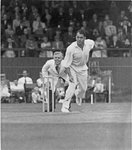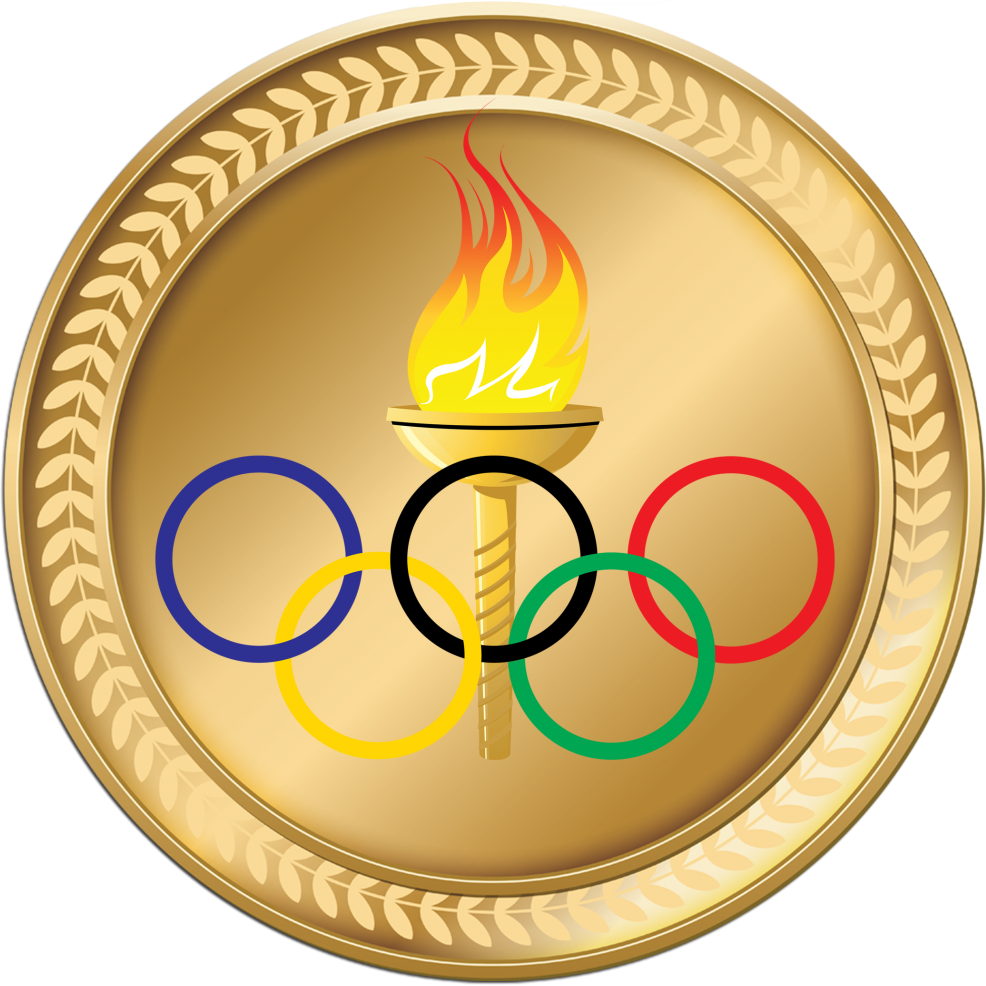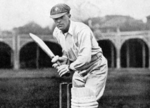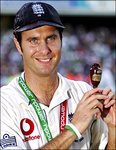D
Deleted member 193590
Guest
ALEC BEDSER

The great Surrey bowler took Bradman’s wicket six times in Tests, earning him a deserved place in my team. He was powerfully-built and naggingly accurate, a medium-fast bowler with a classical action who ran in off a short run and explored the 'corridor of uncertainty' with utmost diligence. In 1953, aged 35, he spearheaded England’s Ashes victory with 39 wickets at 17.48, including 14 for 99 at Nottingham. He took 69 wickets at 16.8 apiece in successive series (1950-51 and 1953) against Australia, and took 104 Ashes wickets in total at 27.49 apiece.
1. Arthur Morris
Arthur Morris
2. Justin Langer
Justin Langer
3. Ken Barrington
Ken Barrington
4.
5. Michael Hussey
Michael Hussey
6.
7.
8.
9. Shane Warne
Shane Warne
10. Alec Bedser
Alec Bedser
11.
@Sinister One

The great Surrey bowler took Bradman’s wicket six times in Tests, earning him a deserved place in my team. He was powerfully-built and naggingly accurate, a medium-fast bowler with a classical action who ran in off a short run and explored the 'corridor of uncertainty' with utmost diligence. In 1953, aged 35, he spearheaded England’s Ashes victory with 39 wickets at 17.48, including 14 for 99 at Nottingham. He took 69 wickets at 16.8 apiece in successive series (1950-51 and 1953) against Australia, and took 104 Ashes wickets in total at 27.49 apiece.
1.
2.
3.
4.
5.
6.
7.
8.
9.
10.
11.
@Sinister One





















